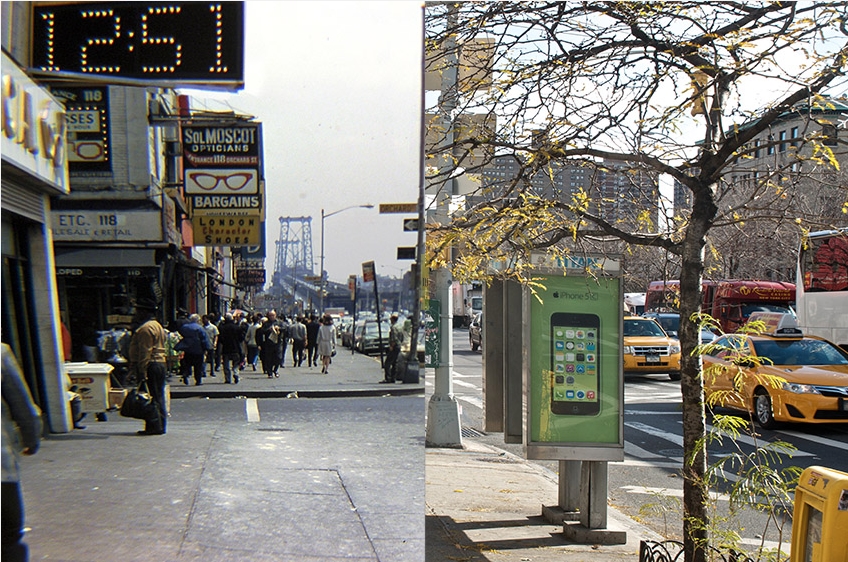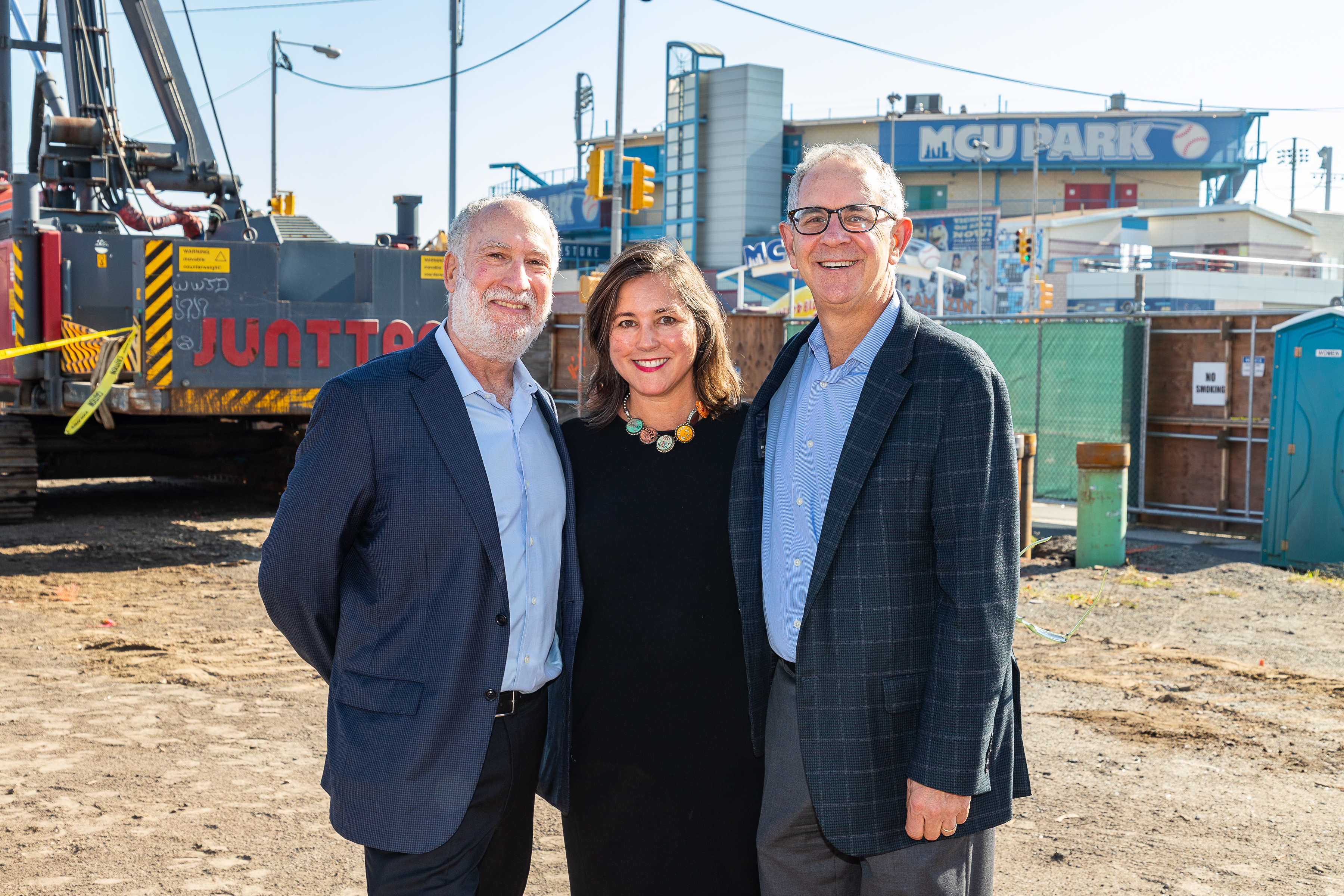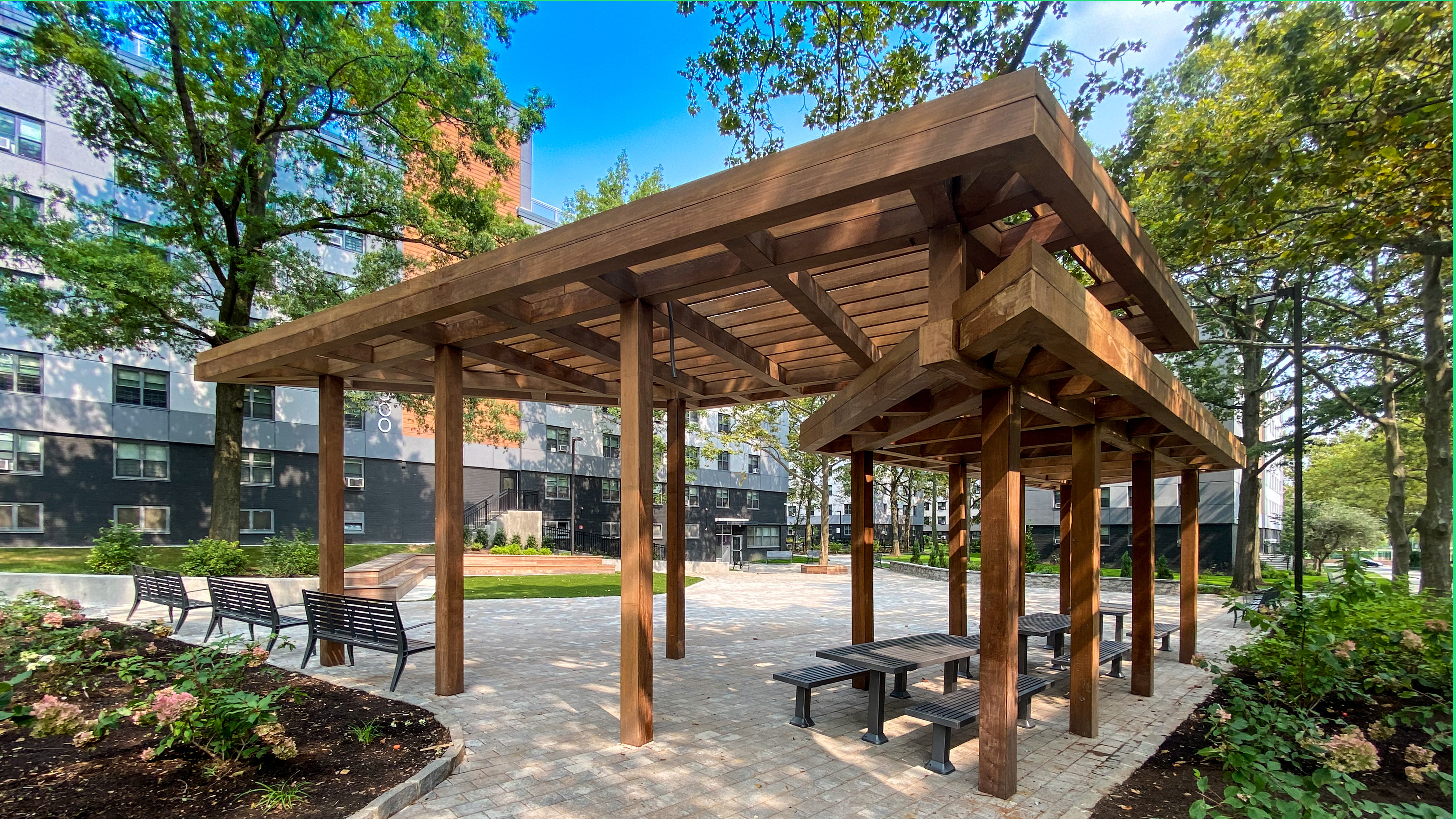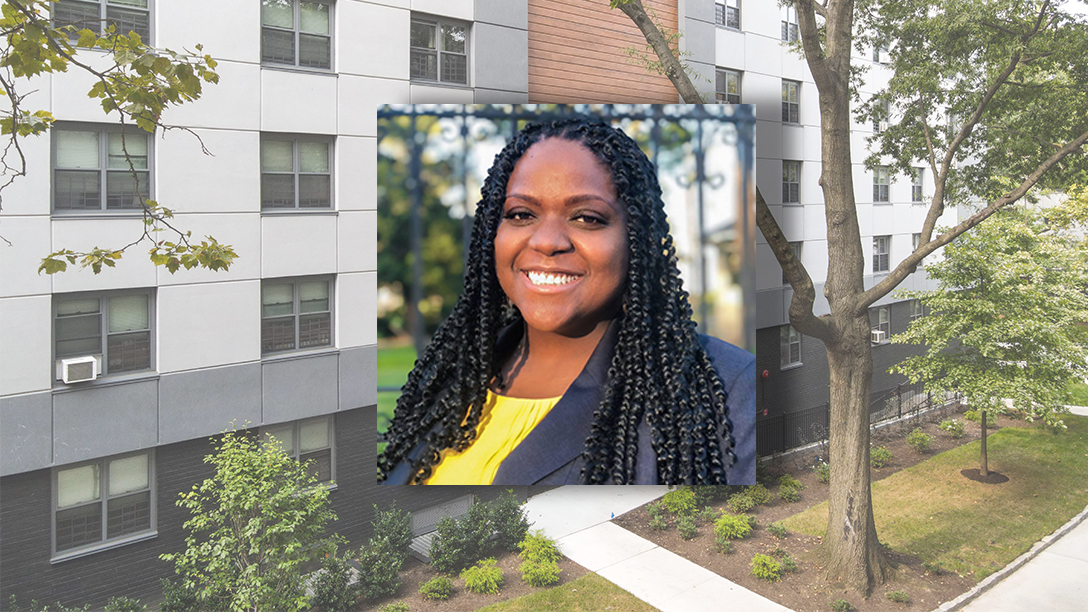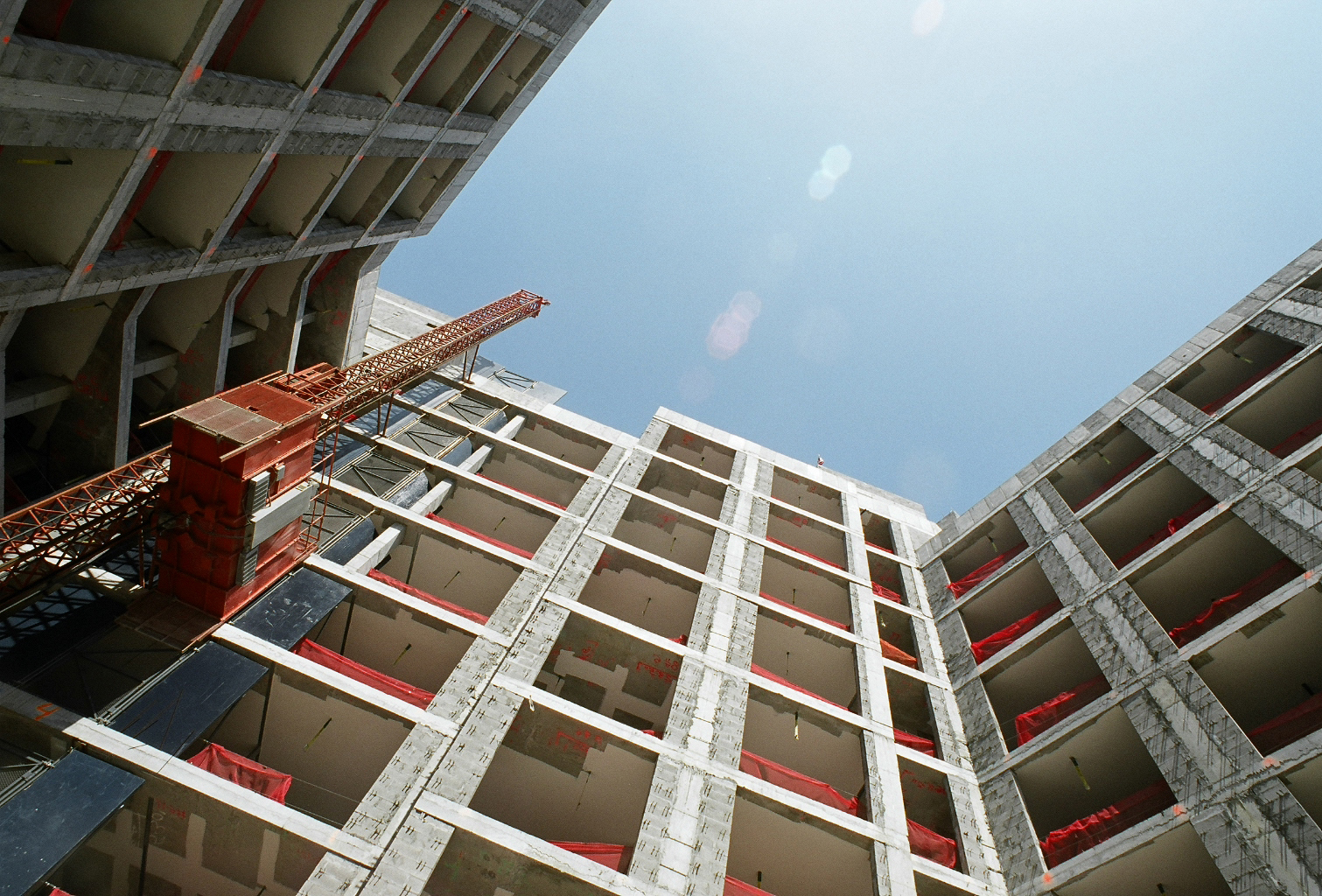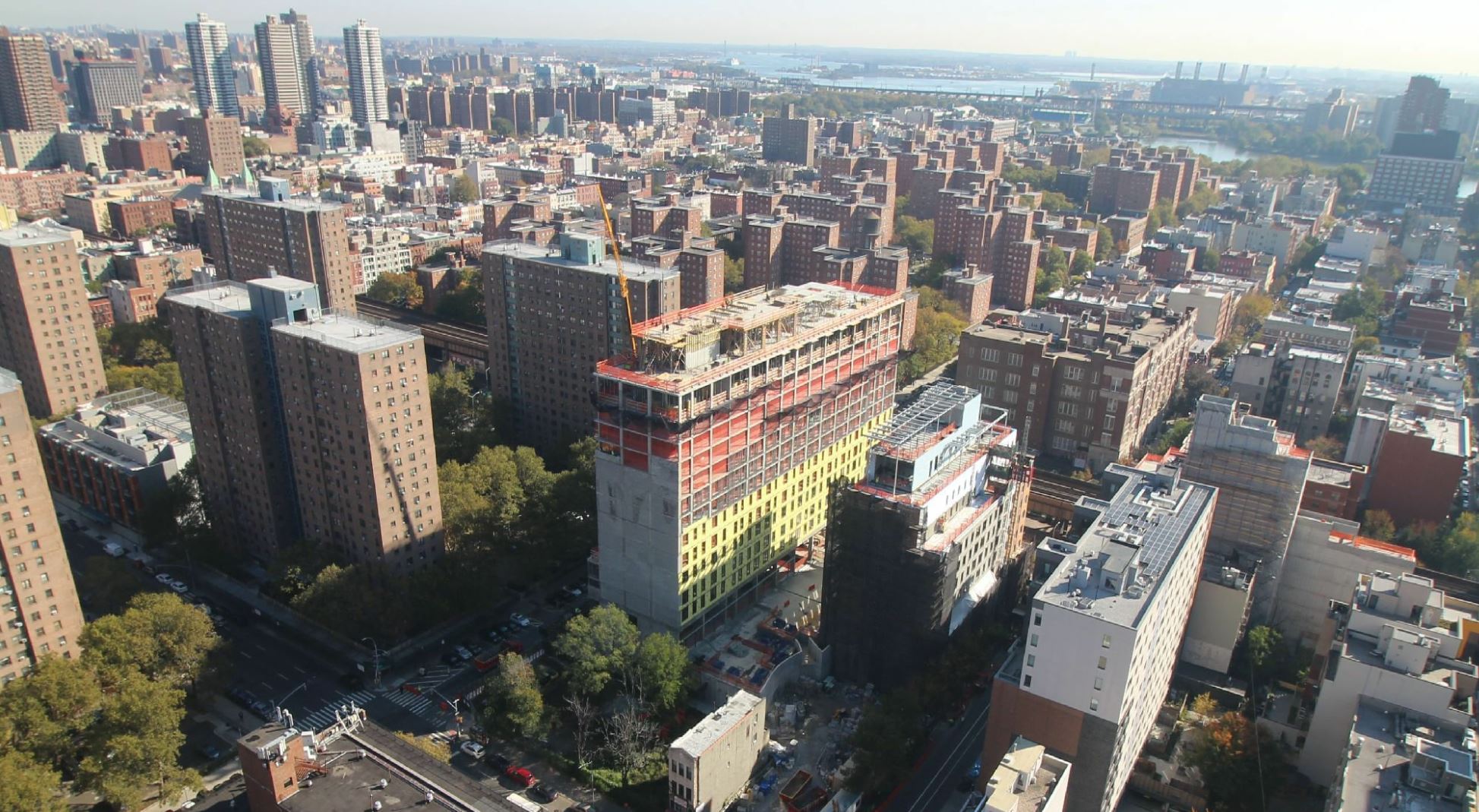The rezoning of certain neighborhoods to accommodate new development has many New Yorkers worried about being displaced from their communities. This is a very real concern; but unfortunately, the conversation about gentrification and displacement tends to be reductive and does little to enhance the public discourse. In light of the severity of our housing crisis, “gentrification” has taken on an entirely negative connotation and efforts to improve neighborhoods— whether by the city or private sector—are maligned, and the person, vilified.
This isn’t helping anyone.
At L+M, we believe that a safe, convenient, and vibrant neighborhood is a right, not a luxury reserved for the super-wealthy. Our approach to development is holistic: we seek out projects that will create new jobs, provide better options for residents, and reactivate streets, sidewalks and open space. Our goal is to help neighborhoods thrive and ensure all residents— regardless of income— can access good schools, adequate health care, and essential services, like daycare and grocery stores.
In the Bronx— which has the dubious distinction of being the least healthy county in the state— we’ve partnered with St. Barnabas Hospital and BronxWorks to build more than 300 high-quality, affordable homes while seeking to reduce avoidable emergency room visits through a suite of preventative health services for residents and the community. On the ground floor of the new building, we are providing St. Barnabas Hospital with a new, 50,000 square-foot medical and wellness center, which will offer comprehensive programs on smoking prevention, fitness, nutrition, stress reduction and life skills. Thirty percent of the new apartments will be reserved for homeless individuals and families, and support services—such as mental health and addiction counseling—will be available to all those who need it. Other health-related components of the project include a rooftop farm, healthy food café, weekly farmers market, teaching kitchen, and fitness center with outdoor space for yoga, meditation and Tai Chi.
Our project with St. Barnabas, and others like it, are emblematic of our belief in cultivating a community in an intentional and thoughtful way, and providing resources in neighborhoods where they are needed most.
Most people can agree that the severe shortage of affordable housing in our city requires a real, productive discussion and debate, including in the media. We cannot, and should not, ignore the complexities of the housing crisis— including the how’s, when’s and why’s of gentrification—but splitting real estate developers and communities into two opposing camps discourages real communication and distracts from important social issues and community needs.
What we need is an open dialogue, open-minded attitudes, and trust on all sides. And everyone at the table—the city, developers, activists, nonprofits, and New Yorkers at large—need to start asking the tough questions, like how do we grow our city while keeping our neighborhoods intact?
Where can we create opportunities for affordable homeownership? Can we do more to preserve our existing affordable housing stock?
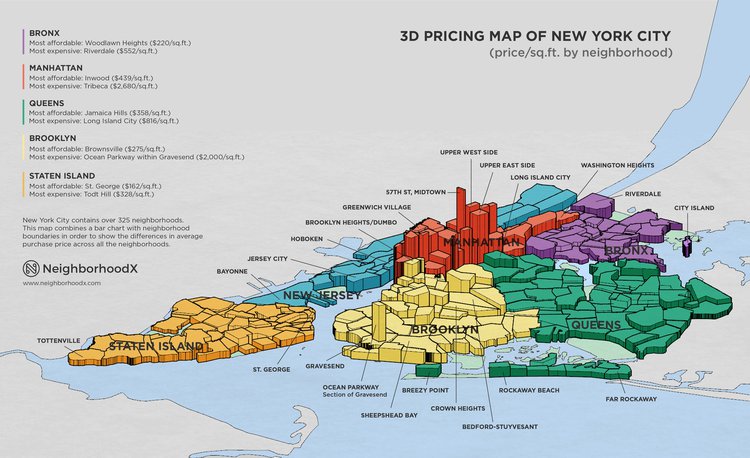
3D visualization of real estate prices-per-square foot for NYC neighborhoods.
New York City will never stop being a place where people want to live and more development is necessary to accommodate new residents and provide better housing for those who already live here. And while it’s true that we face a number of significant obstacles— uneven access to opportunity and economic disparity being two of the most persistent— when I consider just how community-oriented New York City is, and how resilient, I cannot help but be optimistic about the future. We have a lot of work ahead, but having a real conversation about gentrification is a necessary first step.

